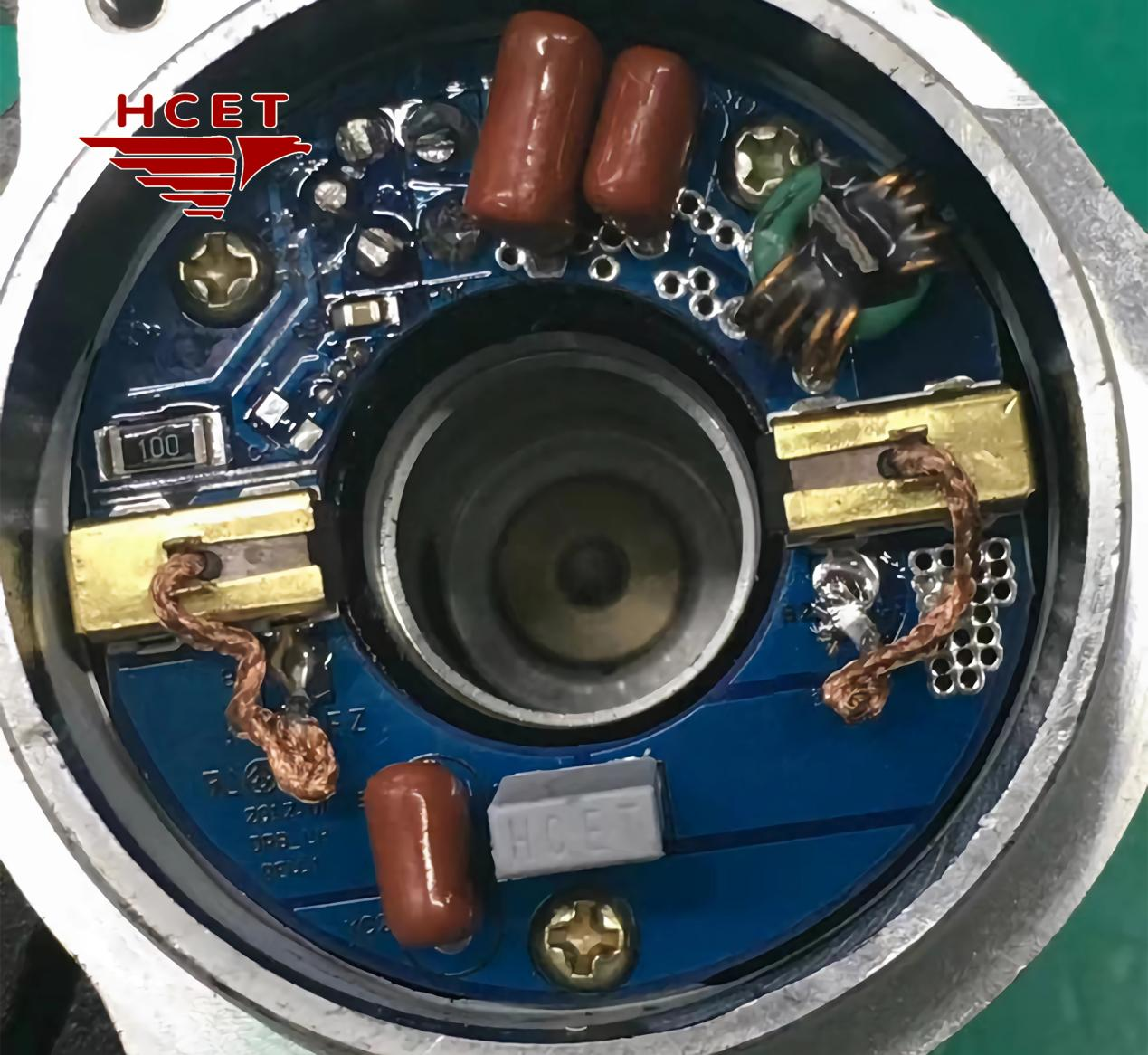The bimetallic overload protector is an efficient and reliable electrical safety device.It utilizes the thermal effect characteristics of the bimetallic sheet to quickly bend when the current is overloaded, triggering the protection mechanism and cutting off the circuit, thus effectively preventing equipment damage due to overload.Its compact structure and responsive response provide long-lasting and stable safety protection for electrical equipment.
Overload protectors and circuit breakers are both safety protection devices used in electrical systems to prevent overload conditions, but there are some differences between them.
1. Different functions: Overload protectors are mainly used to detect overload conditions in electrical systems and automatically cut off the power supply when overloaded to avoid line overload and equipment damage, while also protecting personnel safety. The circuit breaker can not only detect overload conditions, but also detect abnormal conditions such as short circuits and ground faults, and automatically or manually cut off the power supply under these conditions to ensure the safety of equipment and personnel.
2. Different principles: The overload protector uses electronic components for measurement and control, and protects the electrical system through the overload protection function that has been set up. Circuit breakers generally require the help of components such as fuses to control and cut off current.

3. Different access methods: Generally, overload protectors are installed in electrical lines to protect the safety of equipment and personnel; while circuit breakers are installed directly in distribution panels or cable wells to control the opening and closing of the entire electrical system.
4. Different reliability: In comparison, overload protectors are more reliable than circuit breakers because they will not cut off due to instantaneous current surges in the electrical system. At the same time, traditional fuses are prone to aging and burning after long-term use, making the entire power system unable to operate normally. However, overload protectors do not have this problem.
In short, although overload protectors and circuit breakers are common safety protection devices in electrical systems, there are certain differences in their respective uses, principles, access methods, and reliability.
HCET overload thermal protector refers to what people often call "circuit breaker". It is a "circuit breaker" that can detect overload, short circuit and temperature abnormality in the electrical system and automatically cut off the power supply.
Compared with traditional circuit breakers, HCET overload protectors have a more sensitive short-circuit protection function, and can set the time delay function to avoid accidentally cutting off the power supply due to excessive instantaneous current. In addition, it also has overload protection and temperature protection functions, which can intelligently adjust its trigger value according to the working status of electrical equipment, thereby achieving a more precise protection effect.
In short, HCET is a high-performance circuit breaker protection device with excellent short-circuit protection, overload protection and temperature protection functions, which can ensure the safe and stable operation of the electrical system.